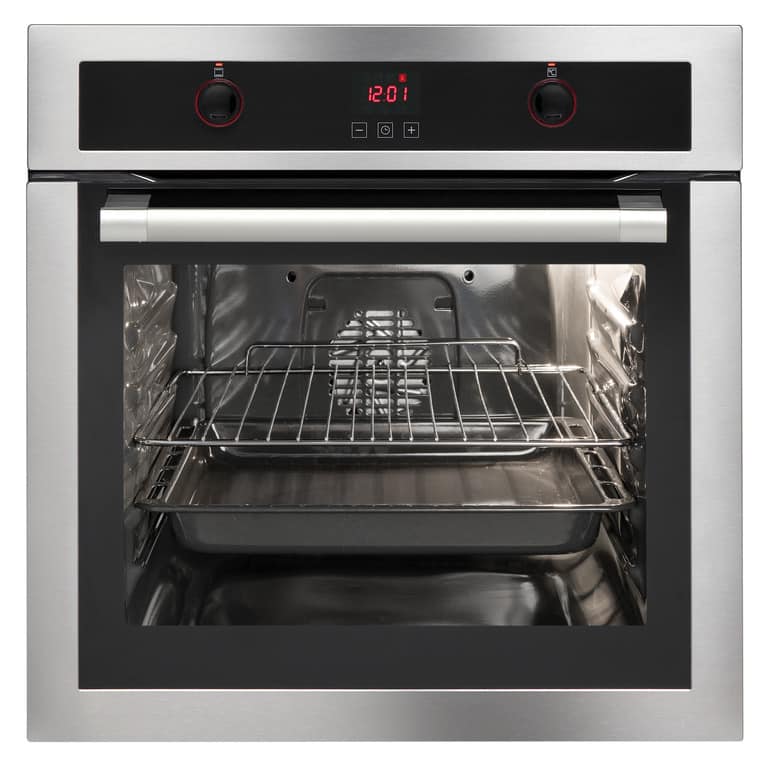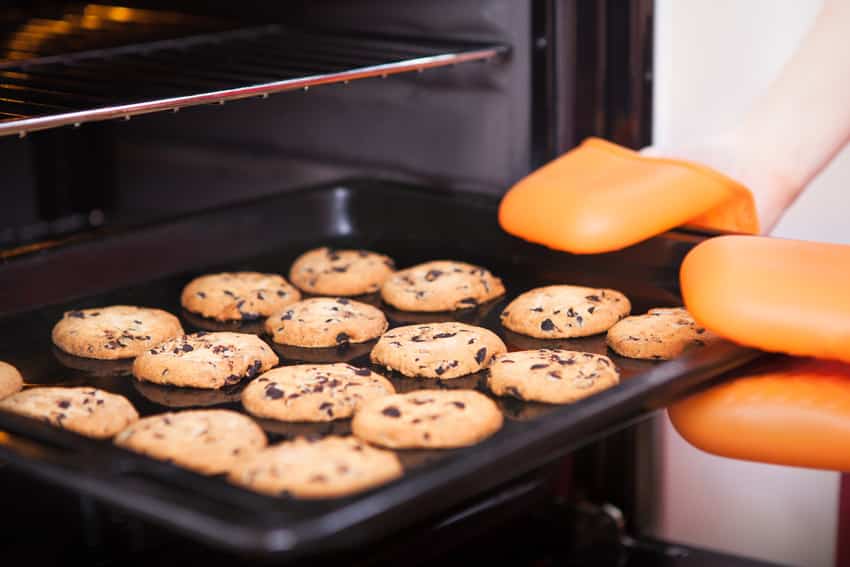Steam Ovens Pros and Cons
Steam ovens are essential kitchen equipment that has been growing in popularity in recent years. They are a fantastic means to obtain better, fresher, and tastier food without changing your cooking or grocery shopping habits. So, what exactly is a steam oven, and how does it function? As it turns out, this technological advancement may be the secret to getting the most out of your kitchen.
What Is A Steam Oven And How Do They Work?
Steam ovens cook food with hot steam rather than hot air. They also reheat food more efficiently than microwaves, making them an exceptional two-for-one deal. You may use a steam oven in place of a conventional convection oven, or you can simultaneously use it with another oven for an even greater range and cooking power.
Steam ovens have a reservoir that stores the water needed in the cooking process. Basically, the water is heated in the oven and turned into steam. The steam then rises and heats the food as it passes over it. Finally, a valve at the top of the oven gradually lets air out to relieve the pressure that builds up when the water turns to steam. Steam ovens can reach very high temperatures and cook food in a short amount of time.
So, what’s the big deal with steam ovens? For starters, steam ovens are healthier than conventional ovens. Steam helps seal moisture into whatever meal is being cooked or reheated, obviating the need for additional oils and fats to keep the food moist. They also help preserve natural vitamins and minerals in your food, ensuring that you receive the maximum nutritious value from it. It comes as no surprise then that health fanatics have gone a little crazy over this equipment.
Steam ovens are best used as a supplement to conventional convection ovens, or even better, as part of a combi-steam unit that can cook, utilizing both steam and convection depending on the requirements of a dish. The enhanced taste of food cooked alone is already worth the investment. Reheating several-day-old food in a steam oven may even give it a new lease of life.
Pros
There are several pros to having a steam oven, including the following:
- It is conducive to healthy cooking.
- It enhances the flavor of food.
- It significantly reduces cooking time.
- You can cook a wide variety of meals with a steam oven.
- It uses moist heat instead of dry heat to reduce fire risks.
- A steam oven warms food evenly while preventing it from drying out.
- You may cook several dishes simultaneously.
Cons
Meanwhile, here are some drawbacks to a steam oven:
- It can be very expensive
- A countertop steam oven takes up a lot of space in a kitchen.
- It requires regular cleaning because of the condensation from the steam.
- It’s not compatible with various food or meals, particularly those that need browning or crisping.
- There is a strict learning curve about how it works.
Can You Use A Steam Oven As A Normal Oven?
A steam oven may just be an excellent alternative to any standard cooking equipment. Read more about our comparison guide to stove vs oven here. Of course, before impulsively deciding on switching from your traditional oven to a steam oven, you should first understand how a steam oven works.
You’ll be relieved to know that steam ovens are capable of much more than simply cooking fish and veggies! You can bake just about anything with it, including cakes, pies, casseroles, and other full-course sumptuous meals. Meanwhile, a general gas, electric, or convection oven is often referred to as a regular oven as opposed to a steam oven. However, these regular ovens utilize relatively dry heat for cooking food.
Steam ovens, on the other hand, have their limitations. In fact, certain foods are cooked best in a conventional oven, but it all largely depends on the food you’ll prepare and whether or not you’re ready to make some adjustments. As convenient as steam ovens are in contemporary kitchens, you will still need to adjust your various dishes and meats to the steaming function. Make sure to prepare ahead of time since the cooking procedure may seem complicated at first.
How Much Does It Cost?
Steam ovens are expensive, particularly the best models, mostly because of their convenience and rarity. But if you’re big on saving up, some countertop versions may provide the advantages of a steam oven without blowing your budget.
Major manufacturers such as Bosch, Asko, Smeg, and a few more others offer a wide variety of steam ovens. They are usually available in 45-centimeter minor versions or 60-centimeter standard models.
Meanwhile, there are three kinds of steam ovens in general. The first is a steam-only or pure steam oven, which sole basic function is, as the name suggests, for steam cooking. Pure steam ovens are excellent for fish, vegetables, bread, and sweets.
Then, a combination steam oven, also known as combi-steam ovens, provides either dedicated steam, convection, or both. Flavor or fragrance transference is unlikely, so you may prepare several meals at the same time.
Lastly, a steam puff is a conventional oven with a moisture-adding feature that injects steam at regular intervals during regular fan-forced operation.
Prices start at about $2499, with the most expensive versions reaching up to $12,999. Like any appliance, the best oven will ultimately depend on your personal and budgetary preferences.
Do They Need A Water Supply?
Most steam ovens are tiny and compact, with their size ranging from a microwave to a complete stove. They come with a water reservoir that can be detached and does not need a water source. Steam ovens may reach temperatures of 212 degrees Fahrenheit to 570 degrees Fahrenheit. In general, you may use them to slow cook and thaw meats and vegetables.
Are These Ovens Worth It?
Steam ovens have transformed the way we cook and dine at home, making them extremely worthy investments. Smaller steam ovens, in particular, have a faster heat-up time and are very energy-efficient. Who doesn’t want to be a healthy cook? Even though you can make almost anything healthy if you try hard enough, cooking with steam or combi-steam means using less extra fat in your meals.
A ‘naked’ roasted vegetable tray will produce juicy, flavor-packed veggies with beautiful brown exteriors in the combi-steam. To get a comparable outcome in your regular oven, you must generously cover everything in oil to aid in browning and prevent the outsides from turning leathery.
Finally, when it comes to health, steaming food seals in nutrients better than baking, frying, grilling, or boiling, so you are definitely winning on the vitamin and mineral front.
Enjoyed this steam ovens pros and cons article? Let us know in the comments and share what you think.









